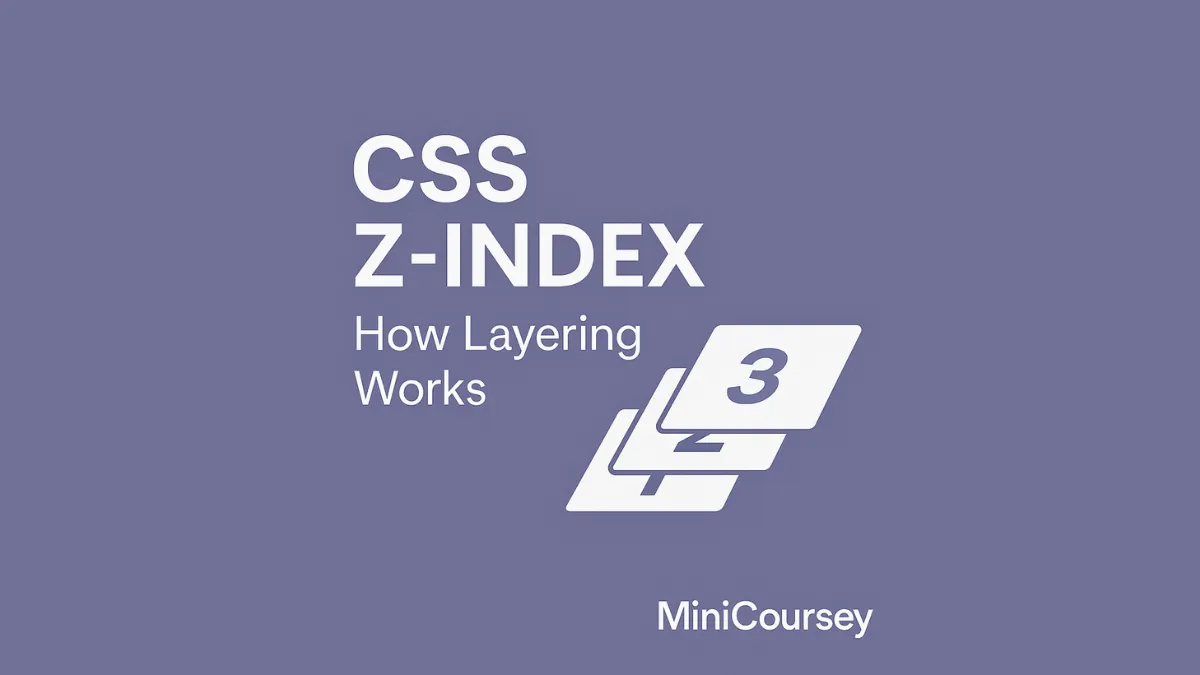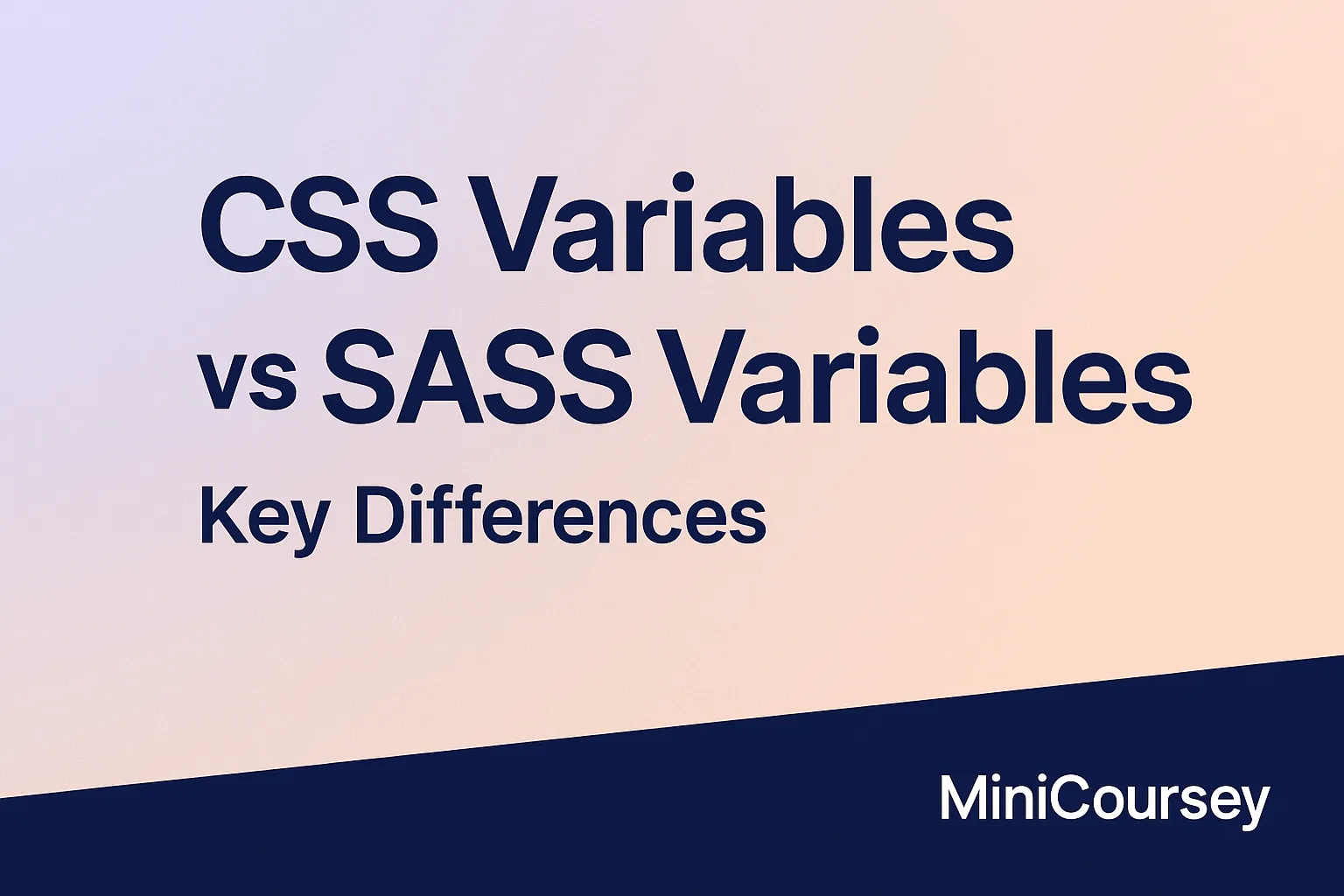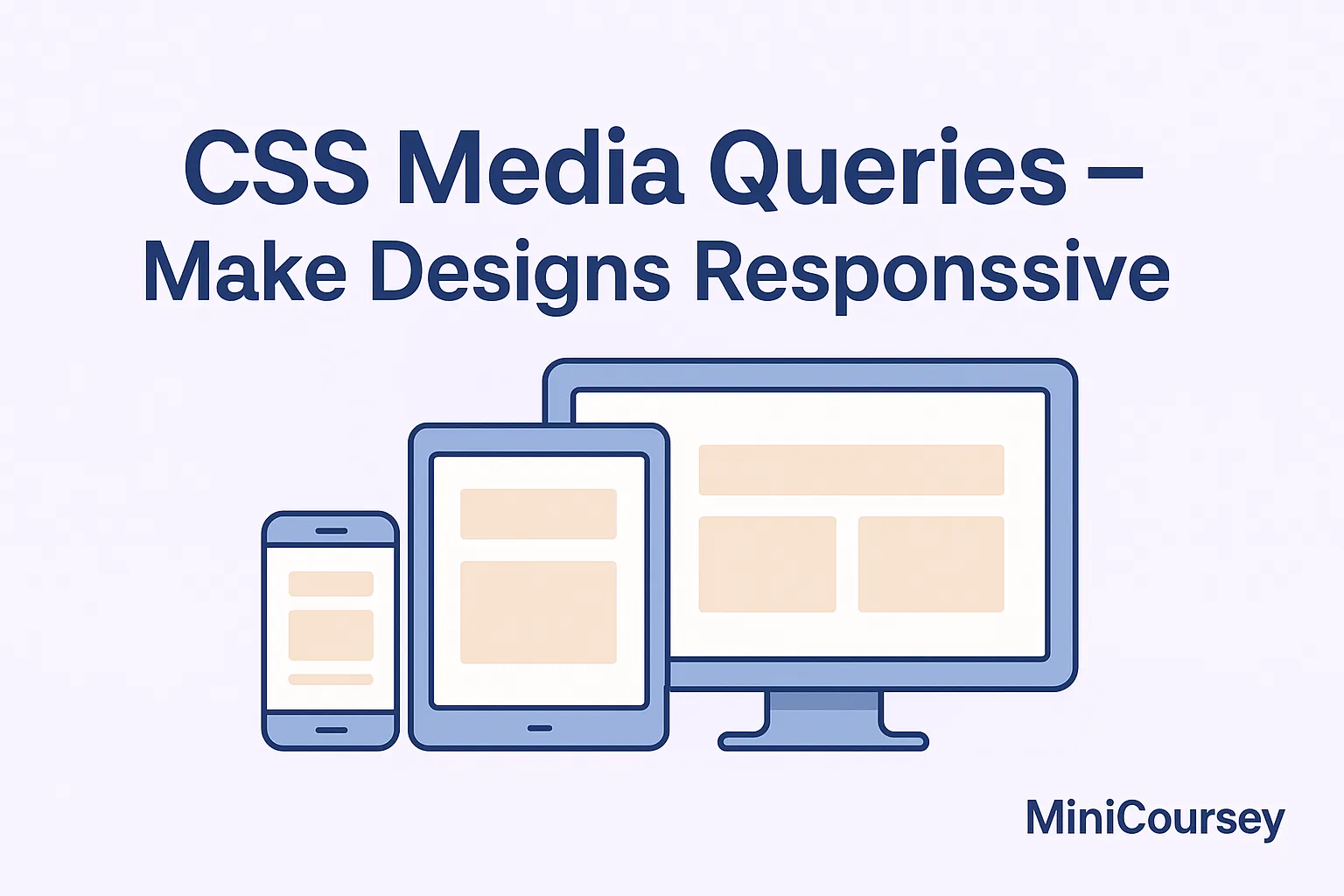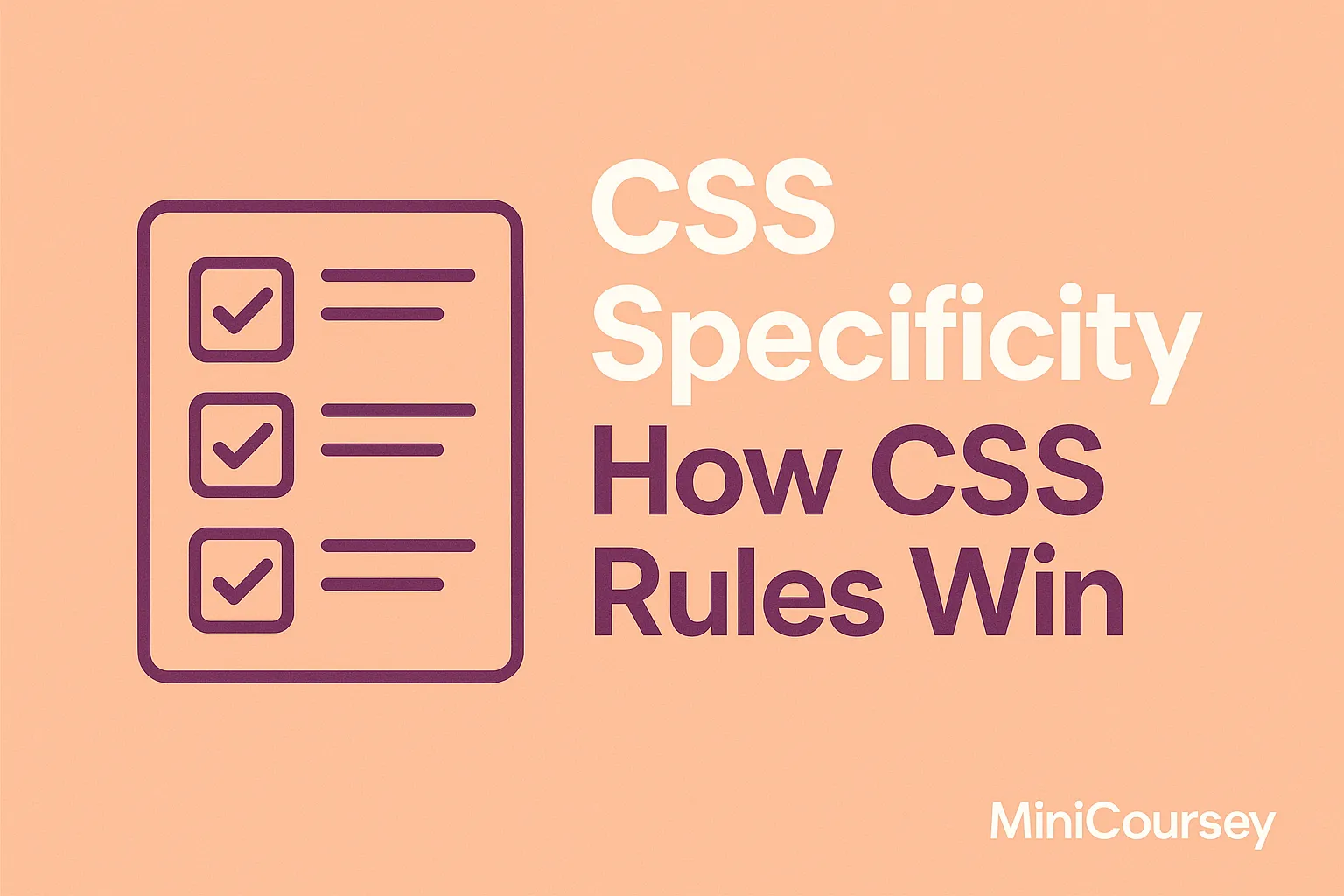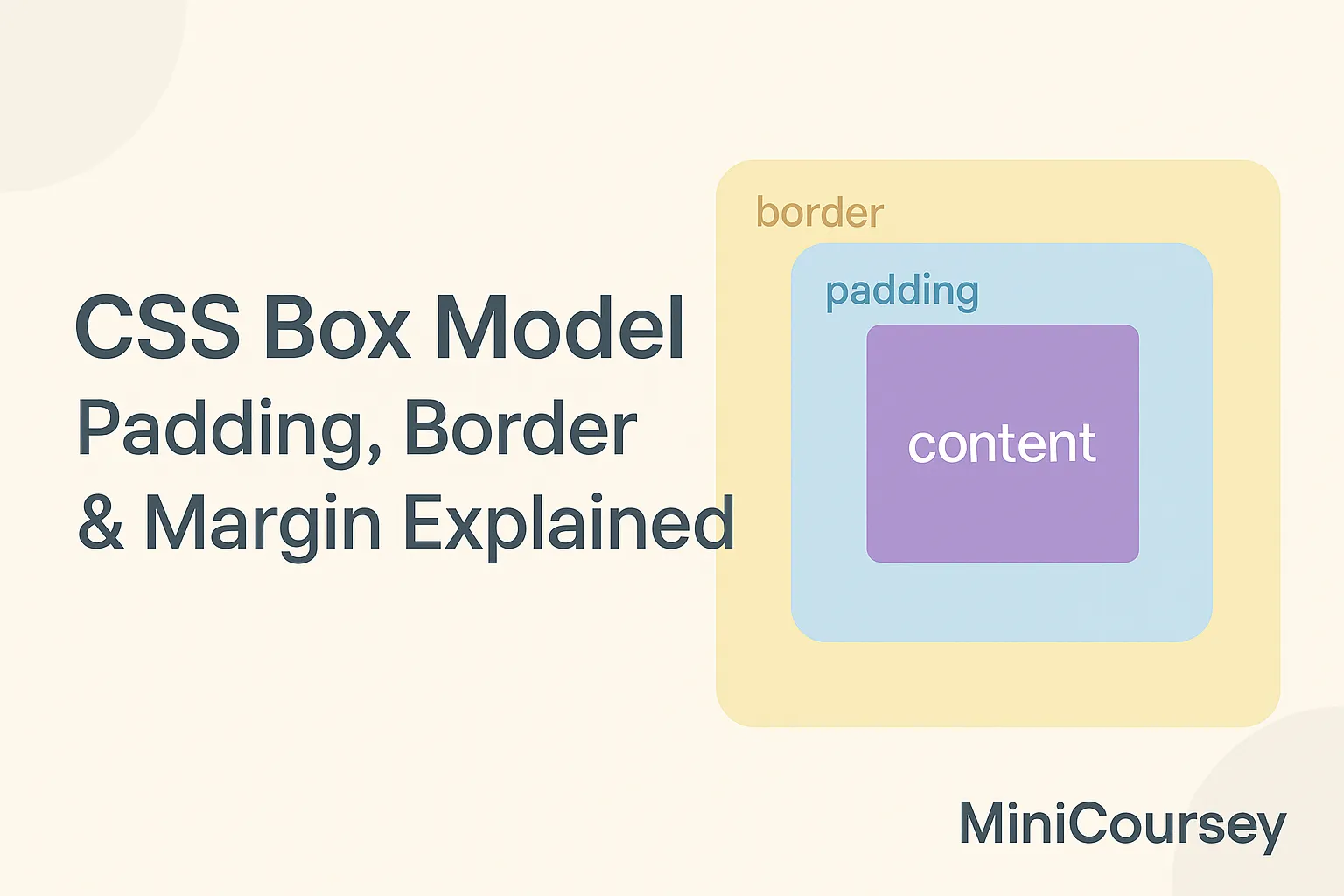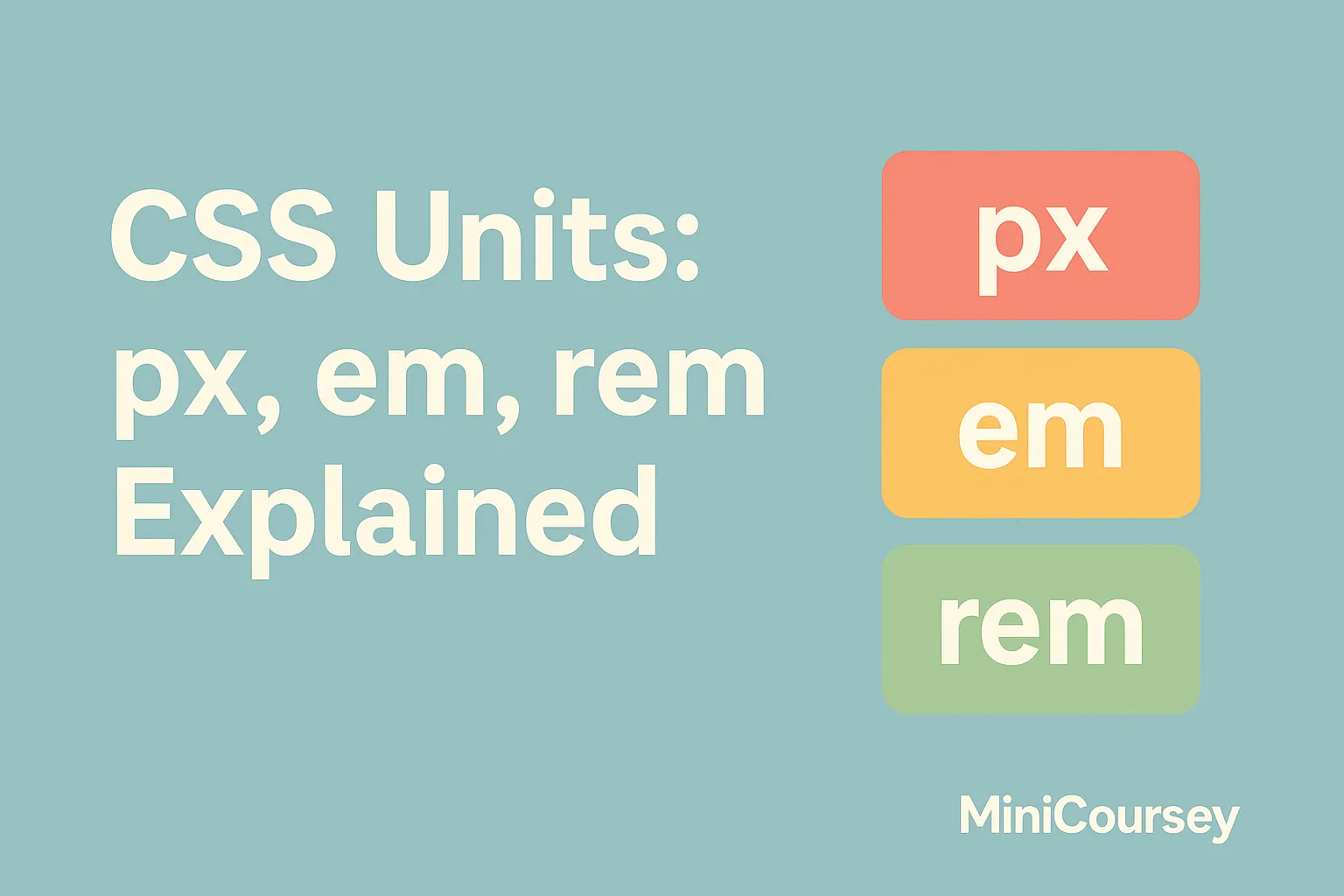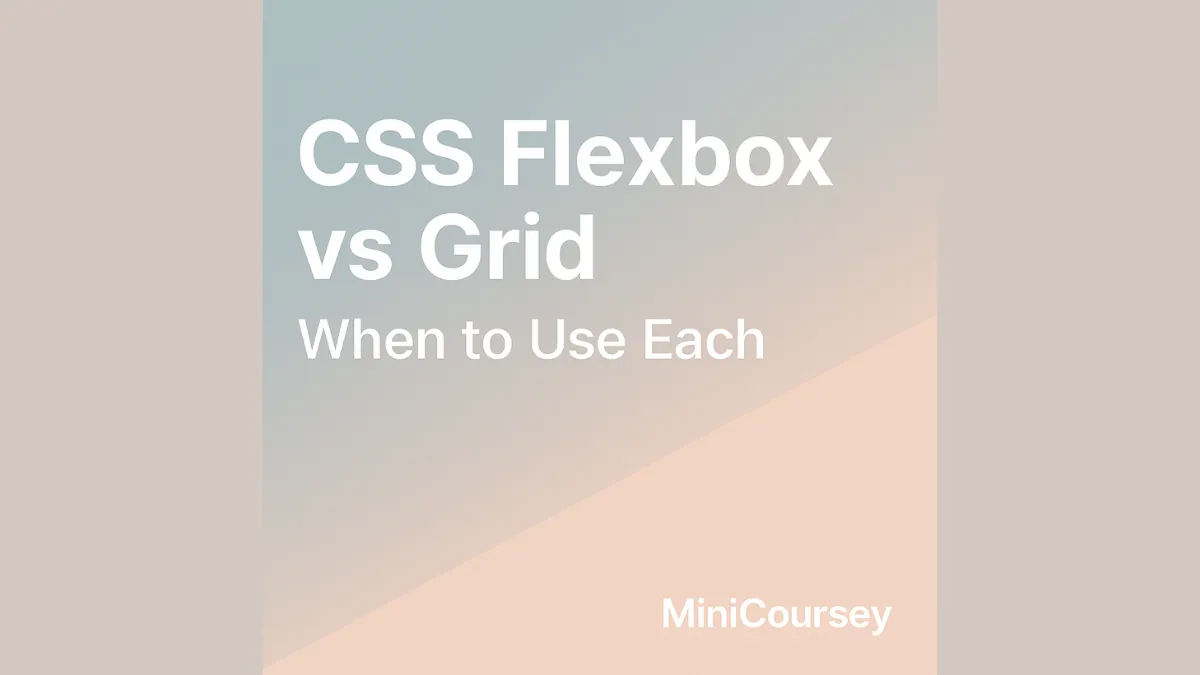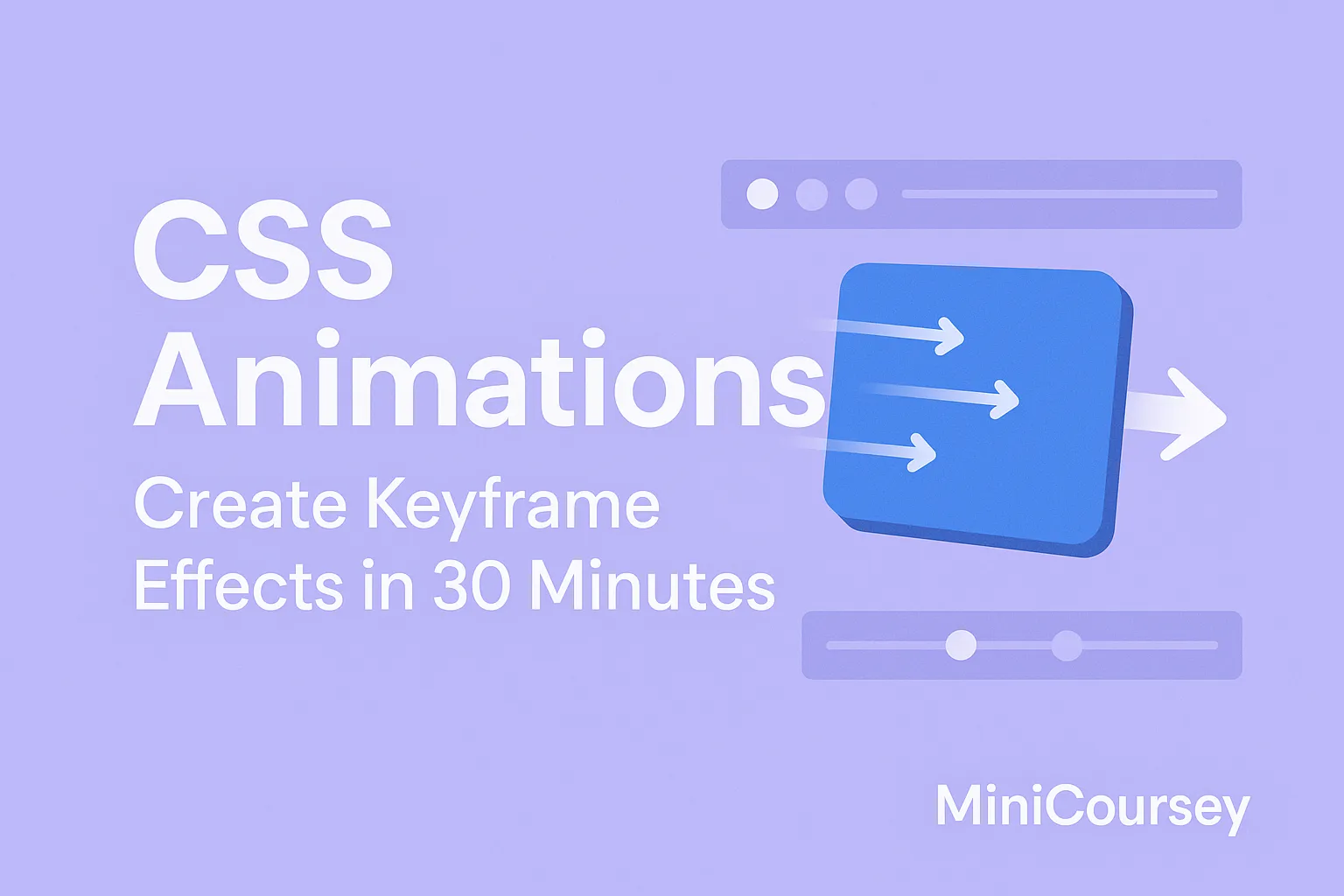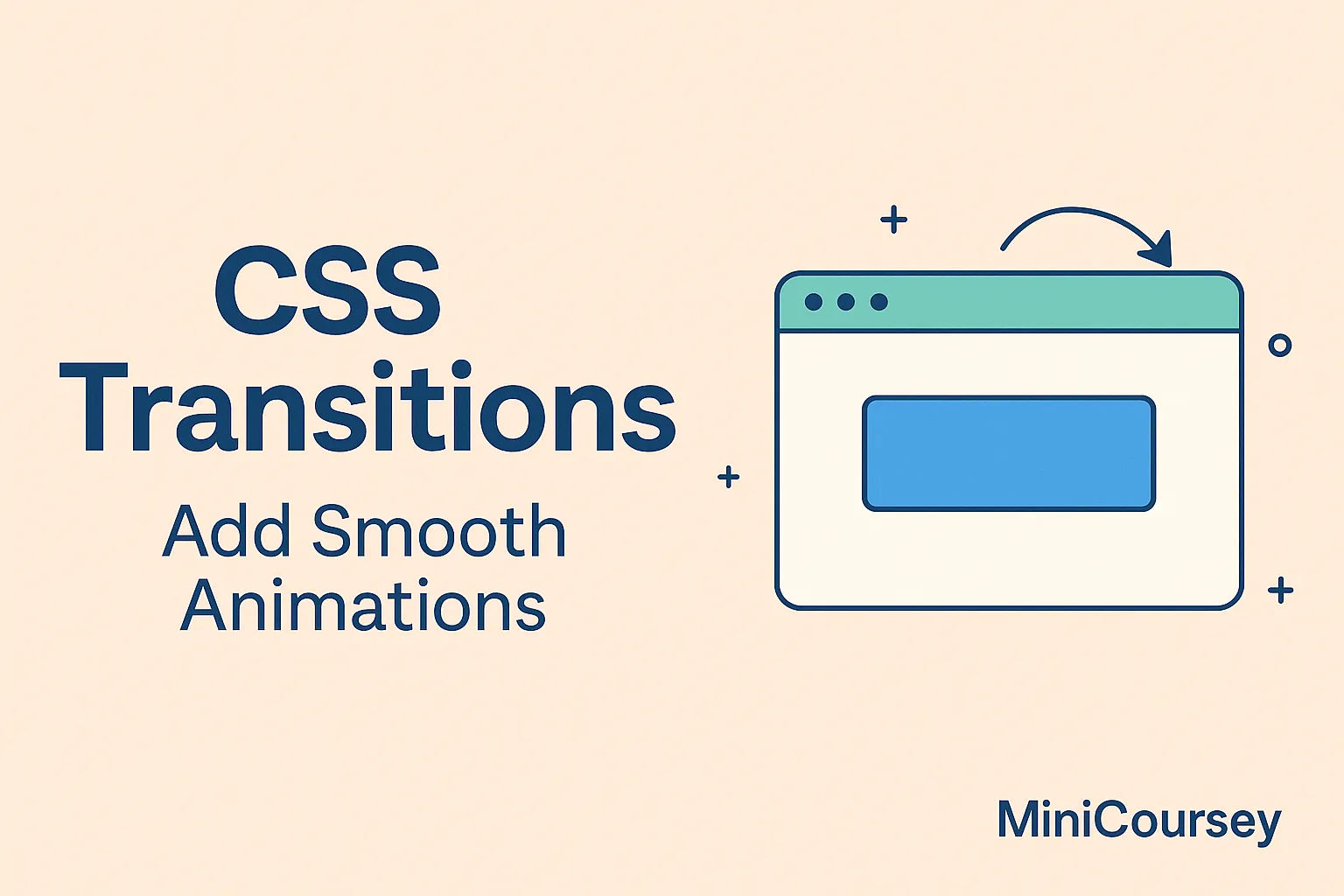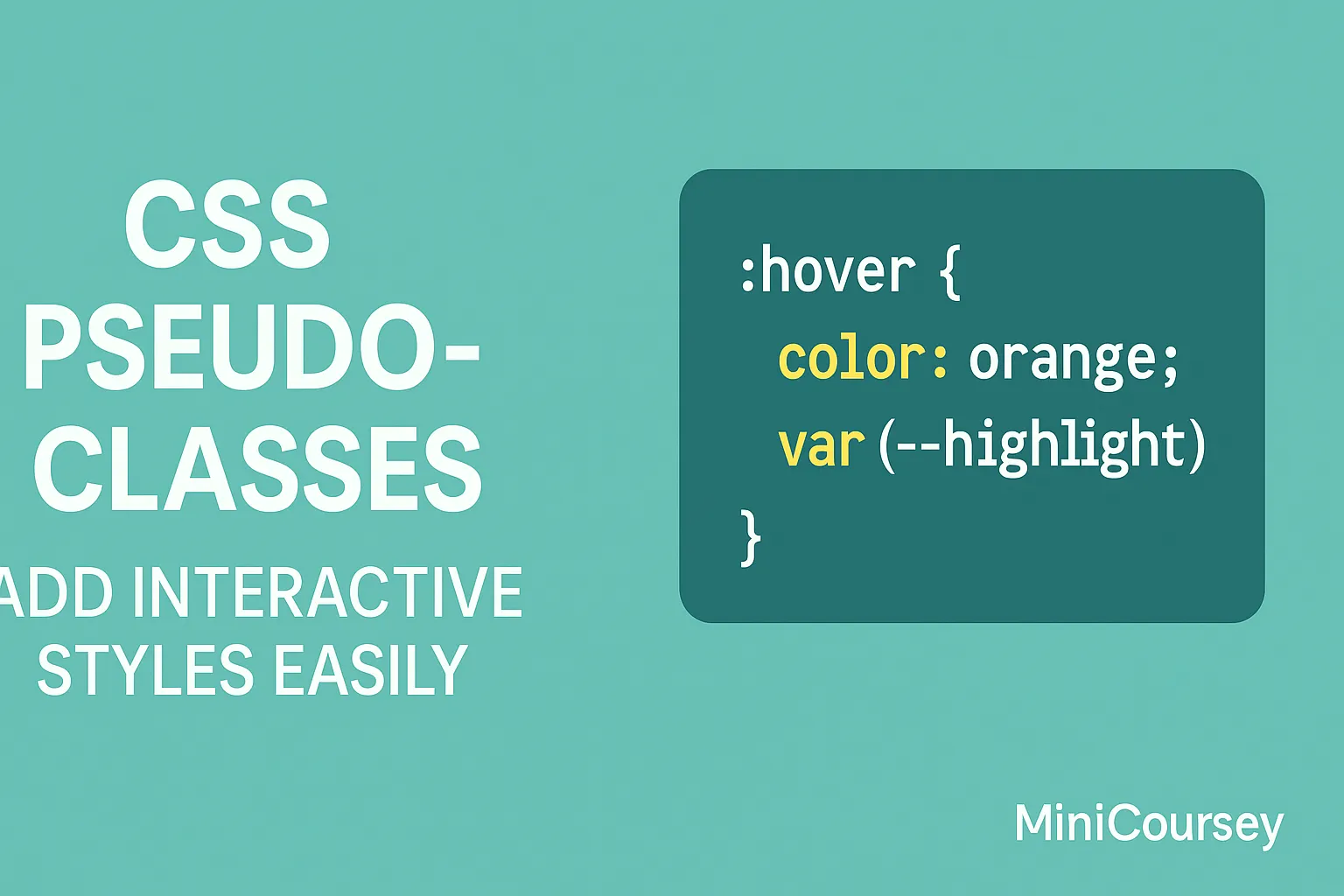CSS Z-Index — How Layering Works
Ever had elements overlap in unexpected ways? Understanding how CSS Z-Index works is key to fixing layering issues on your web pages. Z-Index controls the stacking order of positioned elements on the Z-axis — what appears in front or behind. In this MiniCoursey quick guide, you’ll learn what Z-Index does, how stacking context works, and … Read more

